Story by Brandes Elitch
I have learned over time, mostly the hard way, that when an extraordinary thing happens in life, you must seize the moment because you won’t get a second chance. You could not call this a rational or logical decision and possibly not a good financial decision; it was clearly an emotional decision, but there was nothing to be done but to pack up the car with the Motoring Dog. I told him, “Stan, let’s do this,” and he wagged his tail.
Earlier this week, I bought a Bristol. To be specific, a 1964 model 408, production number 28. I believe that about 83 cars were made in this series. Over the last 30 years I have collected multiple Citroens, Jaguars, and Chrysler Imperials, among other things, but never really thought about Bristol all that much over all that time.
How did this happen?
Well, it was all due to a British automotive writer named LJK Setright, or LJKS for short, who wrote in the British magazine CAR, which I read sporadically (because it was hard to find on a newsstand, remember those?) many, many years ago. His first column was in 1970; his last column was in 1999.
He died in 2005 at age 74. He has been called by multiple writers “the finest motoring writer who ever lived, and surely the most intellectual.”
Robertas Parazitas wrote an obituary fifteen years later for a website called “Drive to Write.” He called Setright “a polymath, autodidact, wordsmith, bebop clarinetist, classicist, libertarian, controversialist, modern day Jehu, dandy, Ba’al teshuva.”
Writer Gavin Green wrote, in a recent column for The Intercooler, that Setright wrote about cars “with a poetic elegance not seen before, or since, with intellectual rigor underpinned by an exhaustive knowledge of engineering, history, and classical culture.”
At CAR magazine, he is remembered as the most distinguished contributor “who elevated automotive journalism to a high literary artform, sprinkling his copy with references to Kipling, Hebrew sages, and Virgil, among details of engineering, suspension geometry and tire compounds.”
In an obituary for the Irish Times, writer Pat Comyn said, “He was a man of firm convictions who hated speed limits, public transport, and environmentalists, and loved Bristol cars and Honda motorcycles.”
His interest was always with engineering innovation and/or elegant simplicity of design, and a comment by writer “realspin” at fleet first” says it all: “In a way I wish I hadn’t met LJKS or even ever read him because he exposed so many of today’s car journalists for the one-dimensional pretenders that they are.”
Somewhere, sometime, many years ago, I must have read LJKS and committed to memory his pronouncement that the Bristol was the best car in the world. I never even questioned his judgment, not for a moment, but of course finding a Bristol here in the US would be almost impossible, as they were never sold here, and of course very few were made in the first place, and then there is the matter of time, that in this case almost sixty years has gone by since it was created. But I never forgot that column.
I just filed this information away for a few decades, never really giving it a second thought until two weeks ago, when one became available right in my backyard, so to speak.
LJKS wrote a book called A Private Car: An Account of the Bristol. It was awarded the Montagu of Beaulieu Trophy by the Guild of Motoring Writers in 1999. The Amazon review for the book, which appears to be completely unavailable, says “It is written in the established Setright style, which is meant to be highly literate, comfortably personal, appropriately technical, adequately anecdotal, mildly scholarly, gently judgmental, and entirely honest.” I suppose I will have to find a copy somewhere, even if it means not eating for a month since it cost 300 British pounds when released and likely a few times that now. He also wrote a second, much smaller separate book, Bristol Cars and Engines, in 1974.
As you may know, Bristol Cars was part of Bristol Aircraft, which played a big role in the air war of WW II. At one time it employed 50,000 people. Around 1960 the British government decided to combine all the UK aircraft manufacturers, and the car business was spun off. There is an active Bristol Owners Club today, with over 500 members.
After this event, I think I am done with finding cars, at least in this lifetime.
But I Digress
In thinking about this, and about the effect that LJKS had on me, it got me to thinking about our automotive journalists here in the US, and if any have come close to LJKS in terms of accomplishment.
The answer is: clearly not, with perhaps one exception, but that is not to say that we have not had some influential and important writers.
The first that comes to mind, and the first I read growing up, was Tom McCahill. I would ride my bike to the public library in South Orange, NJ, then located in an old Victorian house, and in the basement, I would find old issues of Mechanix Illustrated magazine. He wrote a column there from 1946 up until the mid-sixties, contributing mover 600 road tests. His writing style was iconic, for example here is a quote about the 1959 Imperial:
“This doll was as loaded as an opium peddler during a tong war. Swivel seats make it as easy to get into as a floating crap game with fresh money. On the 31-degree banked turns, the big Imp hung in there like oil going through a hose.”
Or another example, on the 1957 Buick: “This Buick takes corners like a fat matron trying to get out of a slippery bathtub.”
Prior to Uncle Tom, auto manufacturers never lent their cars out for independent testing, but he changed all that. He was so instrumental that after his death in 1975, Mechanix Illustrated never publicly acknowledged his death and they did not want to admit that he was gone and even ran a column called “Tom McCahill Reports” that was ghostwritten by his stepson!
Around 1956 I started getting a weekly allowance of 25 cents which allowed me to get a copy of Motor Trend at the same price. A few years later, I “graduated” to a subscription for Road & Track. But in college, I found that the university bookstore had a copy of the British magazine MotorSport edited by William Boddy. I was mesmerized by the cars, which were quite different from what the American magazines featured, and also by the small ads in the back. In 1966 I found an ad by Dan Margulies, an old car dealer located in the Queens Gate Place Mews section of London, and I bought a Lagonda V12, which I kept for 41 years. That was the beginning of my infatuation with the British magazines, later reading Classic and Sportscar and Thoroughbred and Classic. At some point they got to be expensive, around ten dollars a copy, but then, almost overnight, the magazine stores disappeared. Tragic.
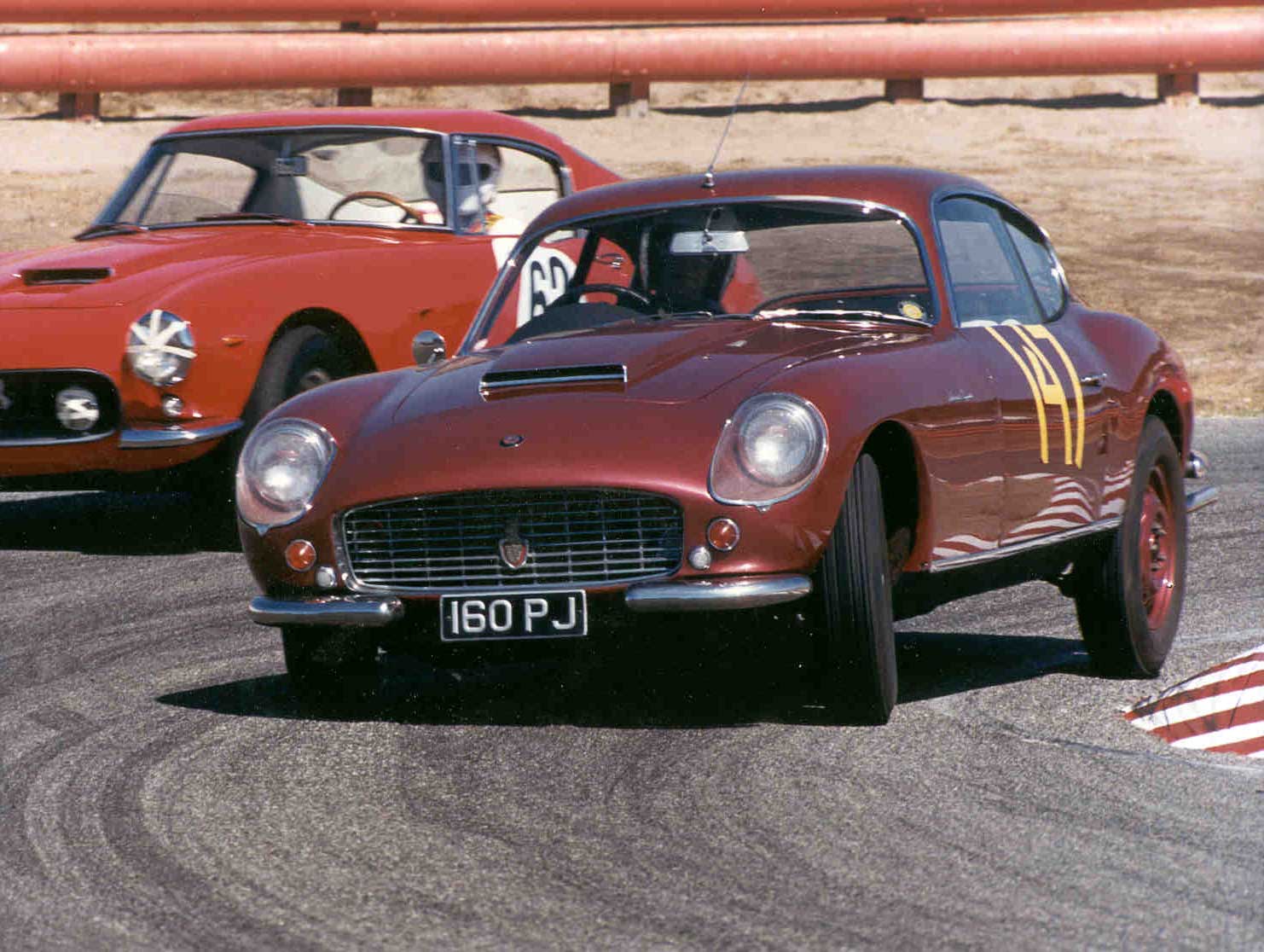
Then there was another writer, racer, VeloceToday contributor who also owned Bristols. And actually met the amazing LJKS. Toly Arutunoff wrote “Setright paid us a visit in ’82 to look at my 4wd Mckee/Cro-sal autotrans twinturbo Can-Am car. He was a really great guy; sort of like William F. Buckley as a car nut.” Toly liked his Bristols. “I bought a new 410 from Tony Crook in ’69. 12 years ago I had a 408 with a smallblock Dodge 6-pack in it. But the Zagato, seen here while at Laguna Seca, was really great; Zagato body, Bristol engineering, American drivetrain. The best of all worlds. I tracked it down and bought it in ’86…wanted it since I saw its presentation in a ’61 Autosport. I still have it, been at Pebble twice with it; display only since it’s a semi daily driver.”
Readers subscribed to CAR magazine, or bought it on the newsstand, in part because of LKJS’s columns. And it turned out that during this period, there was another iconic British writer who wrote a monthly column, starting in 1953 and ending in the early nineties. He was the “Continental Correspondent “for MotorSport magazine, writing mostly about his travels in the world of motorsport, which was coincidentally the Golden Age of Motorsport. He became the elder statesman of British racing writers. His name was Denis Jenkinson, aka DSJ. He is most famous for being the navigator for Stirling Moss in the 1955 Mille Miglia, one of the greatest drives in history. DSJ meticulously prepared by learning every corner of the entire thousand miles and committing it to a big roll of notes which he unfurled as the race went on, to guide Moss to upcoming obstacles. He passed away in 1996 after writing over a dozen books on motorsport, all of which are very collectible today. It is said that he provided inspiration not just for motorsport enthusiasts, but also for a generation of Formula One reporters. I don’t believe there was any other motoring journalist who wrote a monthly column for forty years, and I am pretty certain there will never be another one like DSJ.
Other famous writers were Ken Purdy, but this was before my time, and of course John Bond at R&T. We cannot forget our own version of LJKS: Griff Borgeson, another great writer, who was profiled in VeloceToday in July 2019.
In the spring of 1962, a bombshell was dropped on automotive readers, a new high-quality publication launched by Scott Bailey named Automobile Quarterly. He called it “a cross between The New Yorker and Encyclopedia Britannica in the world of auto mania.” I call it the Gold Standard, and today I tell people that reading VeloceToday with 12 new articles every month is like getting AQ virtually! VT is truly in a class by itself, and I cannot think of any other publication that is similar.
People my age might suggest another automotive writer: David E. Davis. In fact, if he was still alive, he would suggest it. He is most famous for his road test of the BMW 2002, but if you want a perhaps more realistic perspective, consider this column written many years ago by one of my favorite writers, Jack Baruth. It has been reproduced many times in many places because it is so well written. RIP David E. Davis, Jr | The Truth About Cars https://www.thetruthaboutcars.com/2011/03/rip-david-e-davis-jr/
Today, aside from Jack Baruth, I would say that The Oracle is PMD, Peter de Lorenzo, who publishes a website weekly at www.autoextremist.com. I read it every week, and if you are interested in what is going on right now in Detroit, you should too.
One of my favorite regular monthly writers is in fact not a professional writer at all, in fact, he works in the insurance industry. He has written a column for many years at the website Curbside Classic and his name is Joseph Dennis.
I still buy automotive books every month, even though I have a large library of books which I have not yet read and will likely not live long enough to read. But what passes for “writing” on the web is mostly drivel, written by people I have never heard of, who are gig writers for websites I have never heard of, many of them driven by advertising dollars and not much else. Aside from being drivel, they are in many cases factually incorrect, which is even worse.
I am glad I had the chance to read LJKS and Uncle Tom McCahill. They changed my life.
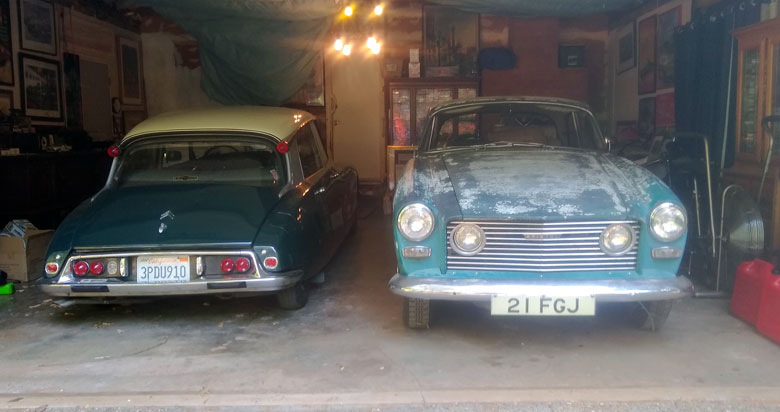
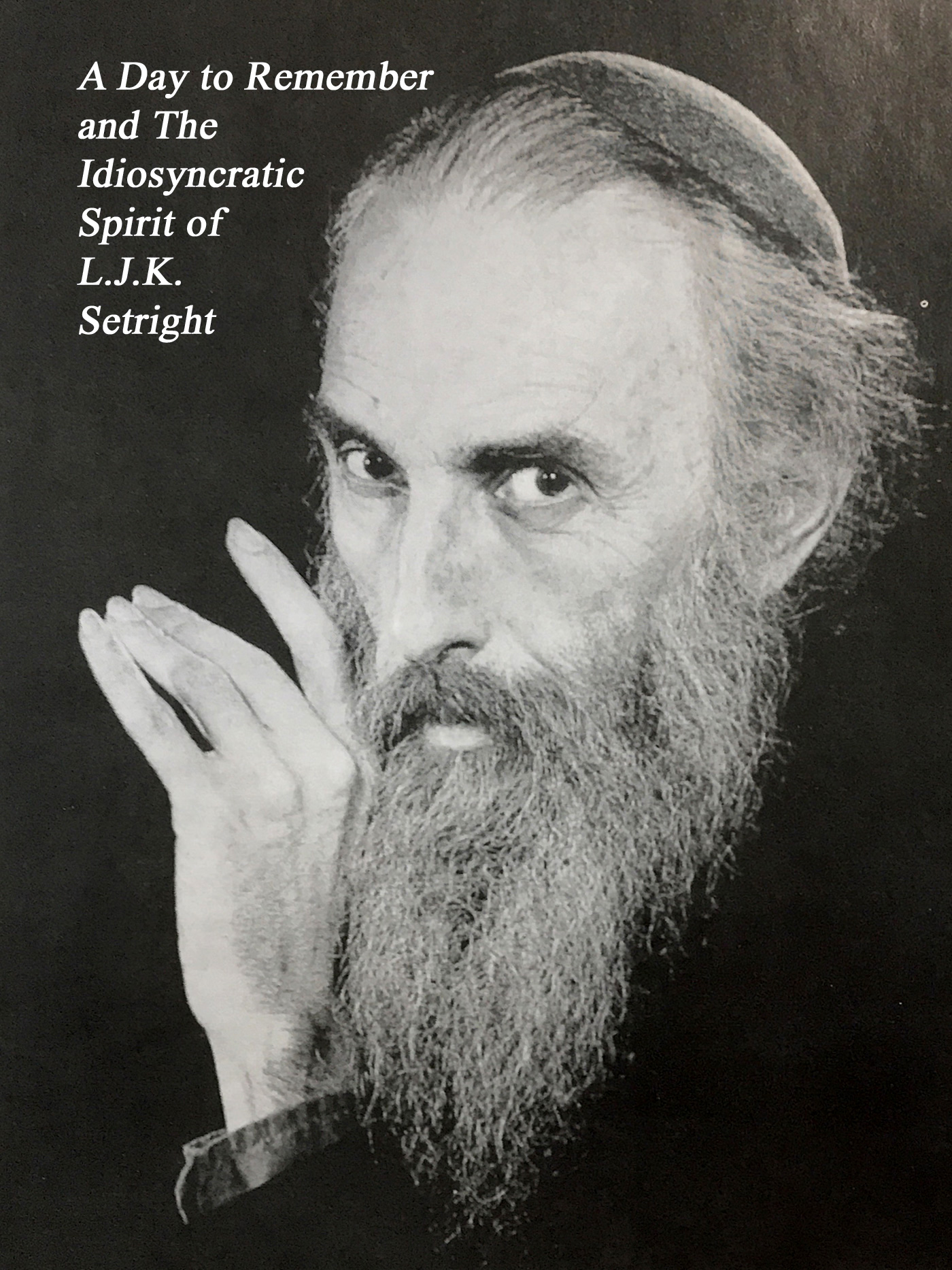 Read this review
Read this review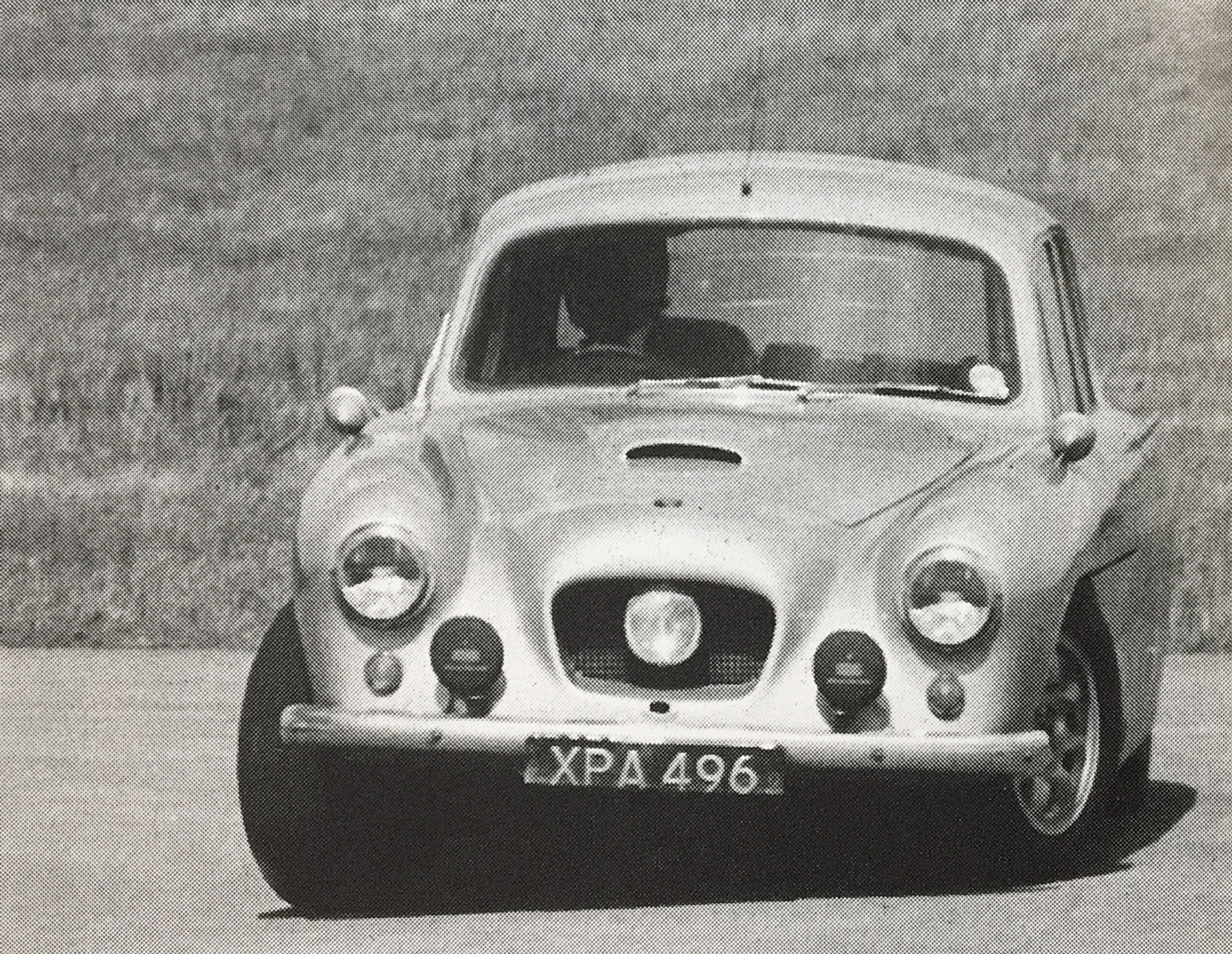
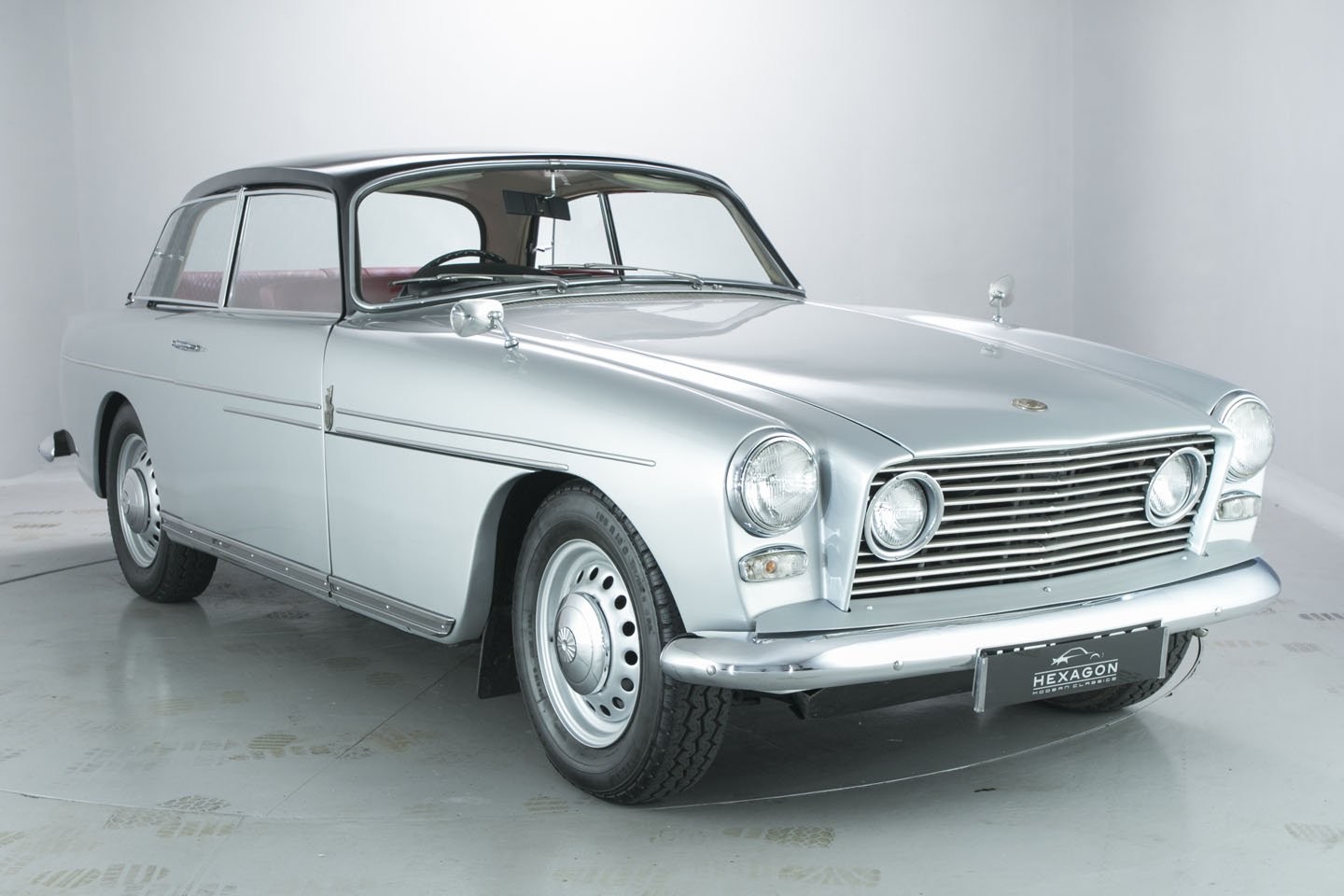
william jeanes once said that d.e.d.’s best compositions were his expense accounts
Informatively delightful! I remember Tom McCahill mooning about his DB-2, a weird car for someone at that proto Amurrican magazine. It was fun to “hear” his prose brought back to life. Thanks for shining the Lucas Flame Throwers on these great writers. Expected mention of Henry N. Manney III, but one can’t have everything.
Now, now… You certainly should have mentioned my old friend Henry Manney, or HNMIII. He who brought a combination of Kipling and Thurber to automotive writing, a sense of joy and wonder and always humor. Gotta love a Bristol, although I’ve never owned one. I’m more Lancia and (old) Ferrari kind of guy, before they became stupidly expensive. Did have an Alvis TD21, a series 1 refitted to series 2 specs with the ZF gearbox and all discs. Lovely car. Had a Daimler SP250…great engine in an ugly and not particularly noteworthy car. Enjoyed the article…
Great article. DSJ was the Man. I totally agree with you about the passing of Book Stores…
Thanks for this. I too grew up with Uncle Tom, a favourite of my Old Dad; and continue to worship at the DSJ shrine, although our fettling days are over. Yes, you missed Henry N Manney the Third no less! another ’60s favourite from Road & Track. As I stated earlier, I probably enjoy motoring writers more than motoring
Brandi,
Claudia and I moved to Phoenix from the Bay Area in 2021. Would like to reconnect with you and Petra! Shoot me an email to say hi!
I would only add DED’s partner in crime, Brock Yates, to the list. Well done.
Thanks for this very enlightening article. Bristols in any form are rarely seen stateside.
I too enjoyed (almost) all of the automotive writers mentioned here. My first and second automotive books gifted to me by my dad when I was barely a teen in the 1950s were Uncle Tom’s “Modern Sports Cars” and “Today’s Sports and Competition Cars”, which still reside in my library. As I grew older and learned more, I found myself bemused by some of the photos he included, trying to hurl some nose-heavy piece of pig-iron around a corner and discovering what “understeer” meant. Yet, I was hooked. Loved Purdy, Jenks, and HMN3…and I too mourn the loss of great bookstores of any kind.
Thanks for the article – It is interesting that a lot of people who got into cars other than those produced by the “Big 3” probably sought out similar authors and publications. And it is certainly true that the demise of newstands put a real kink in favorite Saturday morning errand activities. The only benefit was a huge saving of cash! However, I would suggest that there are still some excellent magazines available by mail (Classic and Sportscar and The Automobile (UK)). On the subject of authors I would suggest the late George Bishop (CAR) and Mark Gillies, not only a fine writer but an excellent vintage racer (ERA with preselector gearbox no less!). Now Brandi, having teased us with the fact that the Bristol was acquired 2 weeks ago, how about some more information on the history of the car, what’s it doing in the USA, what’s the condition, etc etc! Late middle age (without newstands) wants to know
Don Vorderman in AQ. The article on driving the Mille Miglia Alfa 8C 2900B Spider that had been owned by Phil Hill. I felt I was with him.
There are a number of others, Phil Llewellyn, Russel Bulgin, Bill Tuckey and among those still with us, Peter Egan, Mel Nichols, Peter Robinson, Jamie Kitman to name a few.
I enjoyed LJKS but thought he was a bit pompous. Sorry!
Congratulations on your acquisition from a fellow US Bristol 408 owner (there’s not many of us about!)
David
I traveled extensively pre-Covid, and always looked for local bookstores, especially of the antiquarian sort. A little overlooked gem is/was Beacon Books in Victoria, BC. Some years ago I found a copy of Prince Bira’s charming “Bits and Pieces” up there. It had closed and had been consolidated into its parent bookstore when I visited recently. Not sure what kind of inventory it has now.
The literary component of my automotive interest was nurtured by Tom Mcahill and Ken Purdy as with others. As I recall Uncle Tom did a “road” test on both a Stutz Bearcat and a Crosley Hot Shot. It puzzled me how a handling test in beach sand could be relevant to much of anything except maybe the beach races at Daytona. In any case they must have rung my bell sufficiently because both a 1919 Stutz and a Crosley Special reside in my collection to this day. My first real job was working for a Bugatti restoratio shop in the L.A. area. The Stutz has competed at the Monterey Historics in 1975 when we got to start on the grid next to Phil Hill in his 8C2900 Alfa, then owned by Brooks Stevens. Needless to say that was a rather brief encounter. It has been interesting to think back over the years and remember these writers that I have read, some on a regular basis. Now, we still need to hear about that Bristol.
Brandes: “retirement” has made you an even better writer than you were before. I love this piece, especially the uber humorous lead and wealth of factoids about the greatest automotive writers of the 20th century.
I thought you were done buying cars?
A very interesting article. I (briefly) owned a 408 in similar condition to yours. I remember phoning Bristol Cars for some parts, the gentleman who answered immediately knew the car’s previous owner from the chassis number – no reference to a database necessary.
Regarding motoring writers, I’d certainly add Mel Nichols to the list, I met him a couple of years ago and he was surprised to learn of the continuing demand for Car magazine after all these years.
Like him or loathe him, I’d also mention one Jeremy Clarkson. He may not have the erudition or engineering knowledge of Setright – but, then again, who does? – but he certainly writes about cars entertainingly and I’m sure has inspired many younger folk to take an interest in cars, old and new.
There are still a few motoring booksellers here in the UK, of which I am one. I will fly the flag for us whilst I’m here – I see so many US sellers offering British or other European-published books at eye-watering prices, presumably taking advantage of buyers’ worries about delivery costs. These prices are probably not as high as you imagine, certainly if a few books are sent together – they are invariably cheaper than the cost of sending the same book from the US to the UK, for example.
Finally….whilst lamenting the demise of specialist bookstores, it’s rather galling to see the article here mentioning the new Hesketh book, Superbears, together with a link to Amazon….
Karl Ludvigsen. Still with us and still as vital as ever, in both senses of the word.
A wonderful article, by the way. I too am interested in hearing more about the Bristol in question.
# Bristolian living in Connecticut, son of a Bristol, then Bristol-Siddeley, then Rolls-Royce (1971) Ltd. engineer.
John
Great writers all. For many years I continued to buy Road & Track when it had lost its crazy streak, just to read Peter Egan’s articles. Peter, if you read this, please send me an email, there is a question I have been waiting to ask for many years.
Going back to the pre- and just postwar years, try Rodney Walkerley and Peter Monkhouse, pen aces both.
And of course Brandes, we shall be expecting a full report on the Bristol in your life.
All the best to all who appreciate proper motoring writers.
Michel Van Peel
One writer I would add would be P. J. O’Rourke. He wrote for C&D (at least once) was a friend of DED and compiled/wrote the book “Driving Like Crazy” which I am now reading and occasionally laughing out loud. I also would add Peter Egan who mostly wrote about motorcycles but with humor and wit.